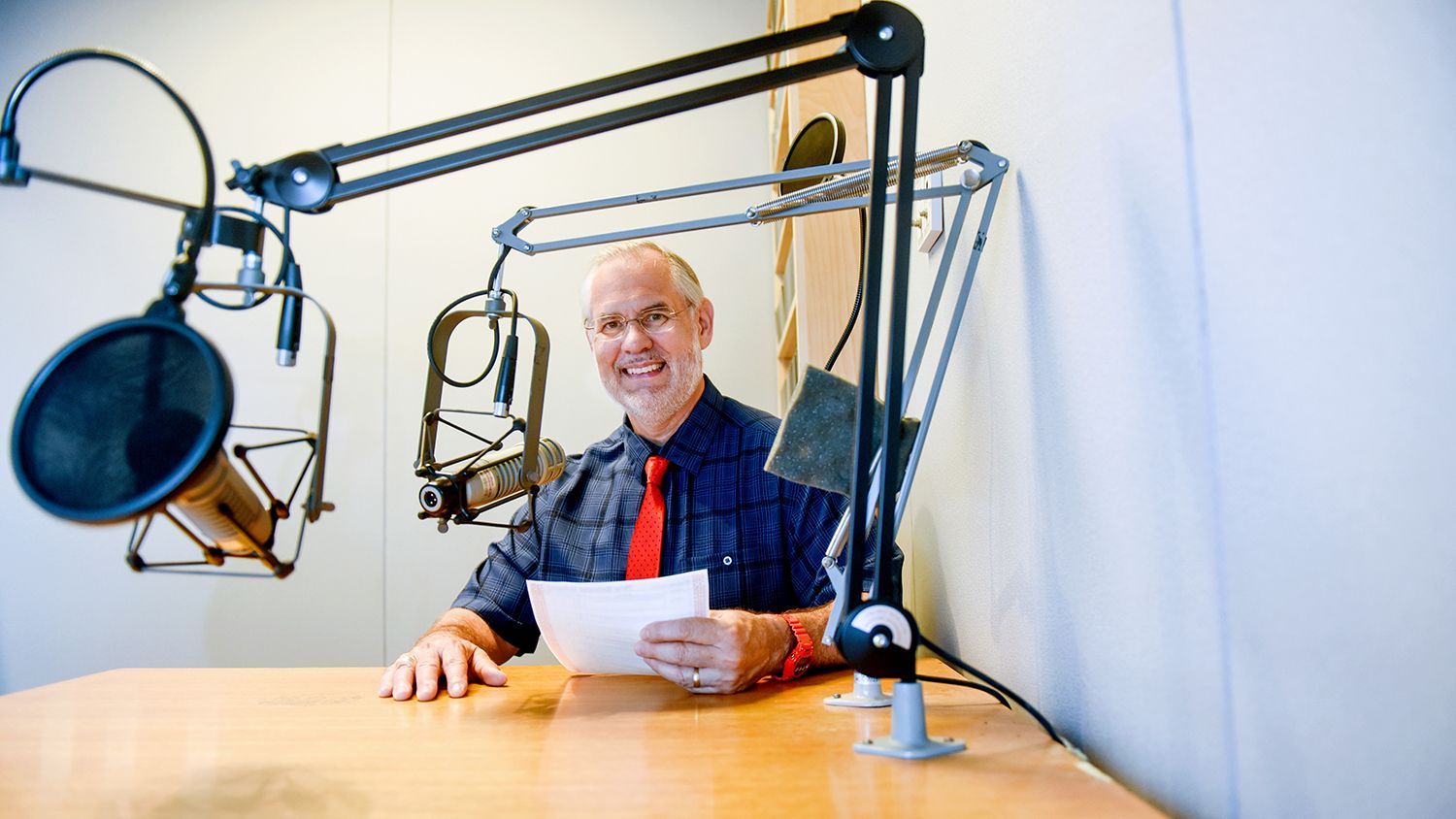Payoff of bail-outs
The federal government’s financial assistance to several large financial firms in 2008 and 2009 was very controversial. Supporters said the investments would be paid back. Have they been? N.C. State University economist Mike Walden answers.
“Well, largely they have. And we have one recent example of this. … There is a firm called AIG that got into massive trouble in 2008 when the housing market crashed. They essentially were insuring mortgages. And when mortgages became non-performing they were stuck with the bill. And they were a gigantic company, not just in terms of employment but in terms of their financial influence, if you will, in the economy. And the federal government, including the Federal Reserve, made them a loan totaling $182 billion – billion – dollars.
“Now it was a loan. And the argument was that this will keep AIG in business. It’ll save all those jobs, and then AIG as the economy improves and the housing market improves, AIG can get back on its feet and they can not only re-pay that $182 billion but re-pay it with interest.
“Well, good news is that’s happened. As of today, AIG has paid back all of that money. They’ve actually paid back that money with interest. In fact, the total they’ve paid back to the federal government is $205 billion. The federal government has made about $20 billion on that. So, this is an example, perhaps, of where the bail-out did work.
“But I think it still keeps the debate open of whether, well, if we have such a big company that is too big to fail, do we want to have such big companies? And that’s a debate really we’ve not yet solved.”
- Categories:

